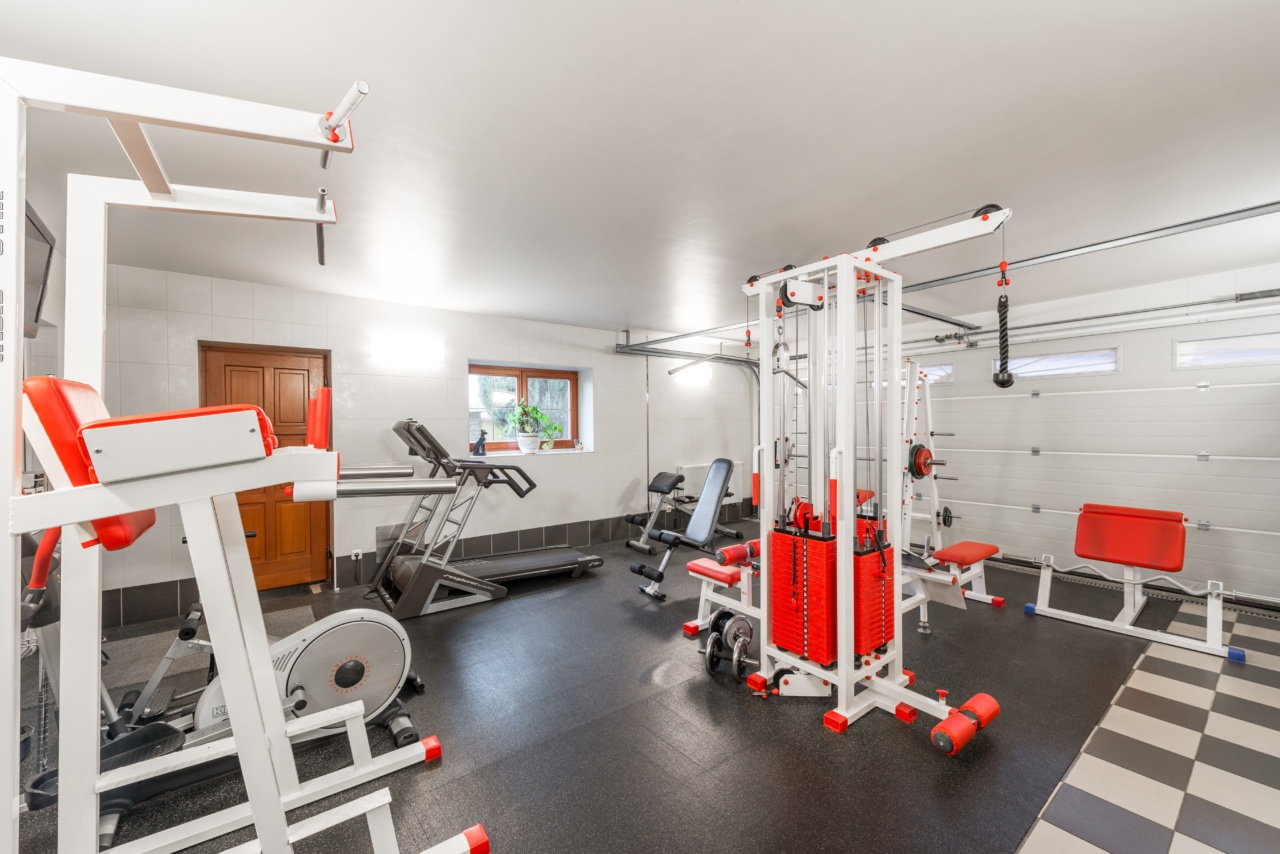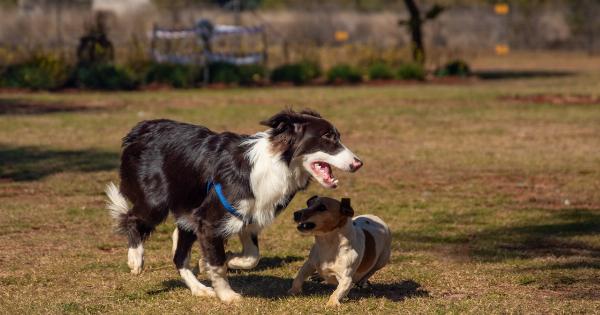Welcome to the step-by-step guide to mastering potty training for your new pup. Toilet training is an essential skill that every dog owner should teach their furry friend.
By following a few simple tips and techniques, you can ensure a smooth and stress-free potty training experience for both you and your pup.
1. Set Up a Designated Toilet Area
The first step in potty training your pup is to establish a designated toilet area. Choose a specific spot in your yard where your pup can do their business consistently.
By using the same spot every time, your pup will learn to associate this area with the need to go.
2. Establish a Routine
Consistency is key when it comes to potty training. Set a routine for feeding, playtime, and bathroom breaks. Take your pup to the designated toilet area after each meal, before bedtime, and first thing in the morning.
This will help them develop a regular bathroom schedule.
3. Watch for Signs
Paying attention to your pup’s behavior is crucial during potty training. Watch for signs such as sniffing the ground, circling, or scratching at the door.
These cues indicate that your pup needs to relieve themselves and should be taken to the designated toilet area immediately.
4. Use Positive Reinforcement
Praise and rewards play a significant role in potty training success. Whenever your pup successfully uses the designated toilet area, shower them with verbal praise and offer a small treat.
This positive reinforcement will reinforce the desired behavior and motivate your pup to continue using the designated spot.
5. Avoid Punishment
While accidents may happen during the potty training process, it’s essential to avoid punishing your pup. Accidents are a normal part of the learning process, and punishment will only create fear and confusion.
Instead, focus on redirection and reinforcing positive behaviors.
6. Supervise and Restrict Access
Until your pup is fully potty trained, it’s crucial to supervise them at all times. Use baby gates or keep them in a confined area when you cannot actively watch them.
This will help prevent accidents and allow you to redirect them to the designated toilet area if needed.
7. Clean Accidents Properly
Accidents happen, even during potty training. When accidents occur, it’s crucial to clean them up properly to remove any lingering scent.
Use an enzymatic cleaner specifically designed for pet accidents to eliminate odors and prevent your pup from revisiting the same spot.
8. Be Patient and Consistent
Potty training takes time and patience. Each pup learns at their own pace, so it’s essential to be consistent and patient throughout the process.
Stick to the established routine, reinforce positive behaviors, and avoid getting discouraged by setbacks.
9. Gradually Extend Bathroom Intervals
As your pup becomes more familiar with the potty training routine, you can gradually extend the time between bathroom breaks. However, be mindful of your pup’s age and bladder capacity.
Younger pups may need more frequent bathroom breaks compared to older ones.
10. Seek Professional Help if Needed
If you’re experiencing difficulties or your pup is not making progress with potty training, don’t hesitate to seek professional help.
Your veterinarian or a certified dog trainer can provide expert guidance and customized strategies to address any challenges you may encounter.
Conclusion
Mastering potty training for your pup is an essential step in building a strong foundation for their overall behavior and well-being.
By following these step-by-step tips and techniques, you will pave the way for a successful and stress-free potty training experience. Remember to be patient, consistent, and always use positive reinforcement to encourage your pup on their journey to becoming a well-trained member of your family.






























